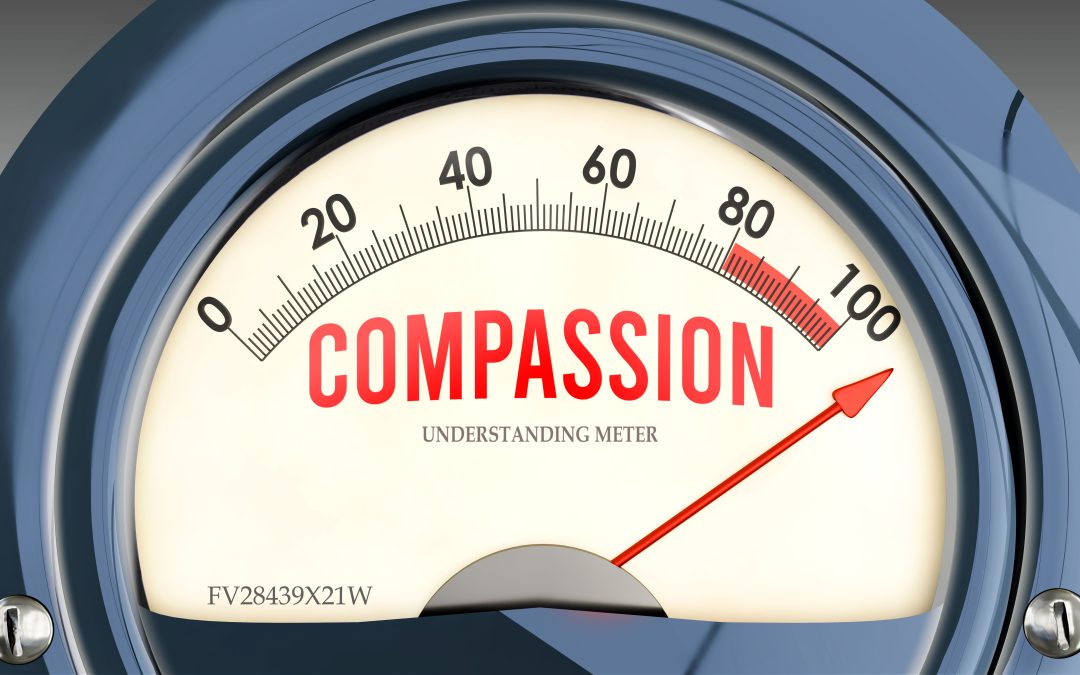At our family Thanksgiving, we go around the table and say what we’re thankful for. We measure that grace, in a way — we pause, we notice, we give it form. Then we carry that awareness forward into the year that follows.
In a community, the same principle applies. What we choose to measure shapes how we act. The numbers and indicators we track — or ignore — quietly tell the story of what we believe matters.
1. Beyond Budgets and Balance Sheets
Municipal budgets are essential, but they only tell part of the story. They show what we spend, not always what we care about.
In small communities like ours, the real challenge is to measure the things that don’t fit neatly into columns — the health of our environment, the vitality of our culture, the well-being of our citizens.
When we focus only on financial data, we risk losing sight of what those numbers are meant to protect: the shared life of the community. A balanced budget matters, but so does a thriving lake, a connected neighborhood, and a sense of belonging. Measuring these things may be harder, but it keeps governance grounded in purpose.
2. Choosing What Counts
Every indicator is a decision. If we track only what’s easy to quantify, we encourage short-term thinking. But when we also measure participation in community events, volunteer hours, or the state of our natural surroundings, we begin to see a more complete picture of progress.
A town’s “dashboard” could include:
-
how many citizens take part in consultations or volunteer programs;
-
the condition of local parks and public spaces;
-
the number of cultural or environmental partnerships;
-
and the level of satisfaction residents feel with their daily quality of life.
These are not vanity measures — they are signals of collective health. They remind us that a community is not just a set of assets; it’s a living system of relationships and shared care.
3. The Meaning Behind the Metrics
When residents see what is measured, they also see what is valued. A clear set of indicators builds trust and understanding. It shows that financial stewardship, environmental responsibility, and cultural vitality are all part of the same story.
The goal isn’t to drown in data — it’s to make sure the right things are visible. A single, well-chosen measure can align action better than a dozen disconnected charts. Tracking the number of trees planted, for example, or local projects completed through citizen partnerships, speaks volumes about a town’s priorities.
Metrics become meaningful when they reflect care.
Closing Reflection
Numbers are not the whole truth, but they reveal what we’ve chosen to pay attention to. In that sense, measurement is how we declare what matters most to us — not just in theory, but in practice.
When we measure what sustains us — our environment, our culture, and our connections to one another — we make our values visible. And in doing so, we begin to govern not only wisely, but with heart.

